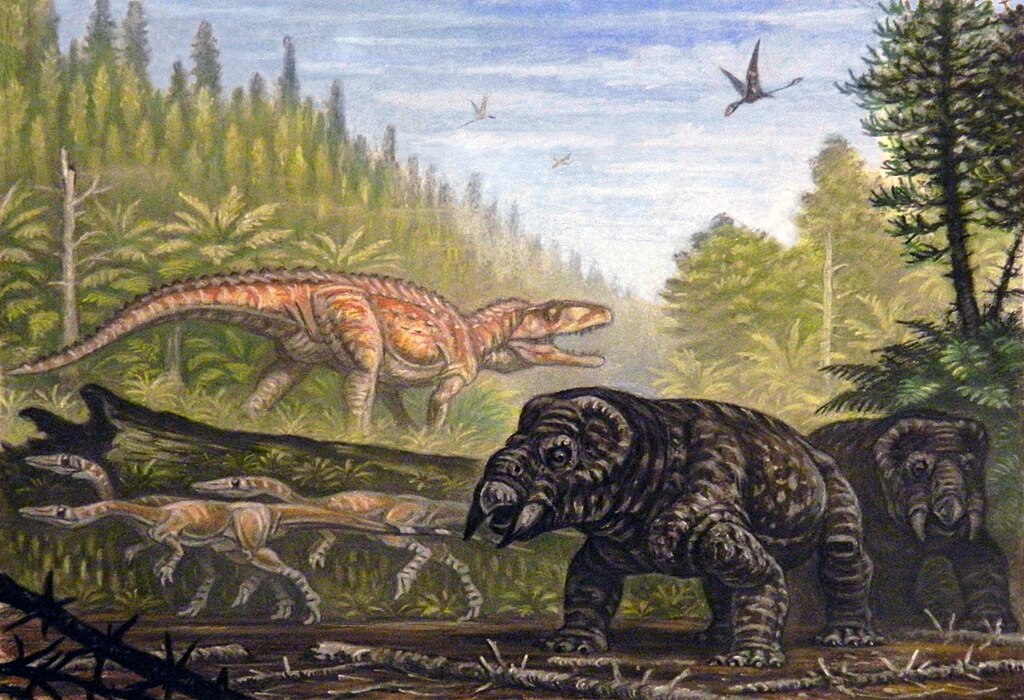The Royal Tyrrell Museum stands as a testament to Canada’s rich paleontological heritage, nestled in the otherworldly badlands of Drumheller, Alberta. Since opening its doors in 1985, this world-renowned institution has established itself as one of North America’s premier destinations for dinosaur enthusiasts and science lovers alike. Named after Joseph Burr Tyrrell, who discovered the first dinosaur remains in the region in 1884, the museum houses one of the world’s largest displays of dinosaurs and offers visitors an unparalleled journey through 3.9 billion years of Earth’s history. From meticulously preserved fossils to interactive exhibits and cutting-edge research facilities, the Royal Tyrrell Museum combines scientific excellence with educational entertainment, drawing over 400,000 visitors annually to this remote corner of the Canadian prairies.
The Geological Wonder of Drumheller’s Badlands

The Royal Tyrrell Museum couldn’t ask for a more fitting location than the stunning badlands of Drumheller, Alberta. These striking landscapes, characterized by their distinctive striped hills, hoodoos, and barren terrain, represent one of the richest fossil beds in the world. Formed over millions of years through erosion, the badlands expose layers of sedimentary rock that effectively serve as pages in Earth’s geological history book. The region’s unique formation allows paleontologists and visitors alike to witness exposed strata dating back to the Late Cretaceous period, when dinosaurs roamed this very landscape approximately 75 million years ago. This geological wonder provides not just a dramatic backdrop for the museum but also an active excavation site where discoveries continue to emerge regularly, making it a living laboratory for paleontological research.
Joseph Burr Tyrrell: The Museum’s Namesake
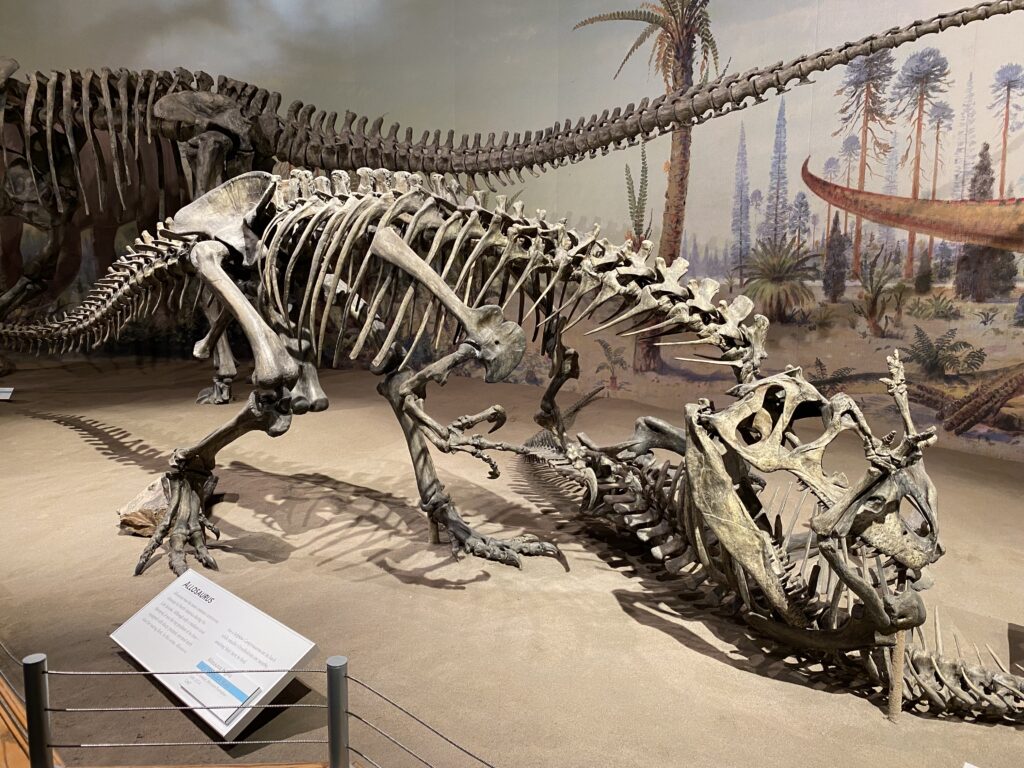
The museum honors Joseph Burr Tyrrell, a geologist whose accidental discovery fundamentally changed our understanding of Alberta’s prehistoric past. In 1884, while surveying coal deposits for the Geological Survey of Canada, Tyrrell stumbled upon a 70-million-year-old partial skull of Albertosaurus sarcophagus in the Horseshoe Canyon. This significant find marked the first discovery of a carnivorous dinosaur in the region and sparked intensive paleontological exploration of the area. Throughout his career, Tyrrell contributed enormously to Canada’s geological and paleontological knowledge, mapping vast stretches of previously uncharted northern territory. Although his later career pivoted toward mining and historical research, his early dinosaur discovery laid the groundwork for what would eventually become one of the world’s premier paleontological institutions. When the museum was granted royal status in 1990, the name was officially changed to the Royal Tyrrell Museum of Palaeontology, forever linking this pioneering geologist with Canada’s dinosaur heritage.
Architectural Marvel in the Badlands

The Royal Tyrrell Museum’s architecture represents a masterful integration of modern design with the surrounding badlands landscape. Designed by the architectural firm of Jones & Kirkland, the building seems to emerge organically from the eroded hillsides with its earth-toned exterior and terraced profile that mirrors the layered sedimentary rocks of the region. Large windows throughout the structure provide visitors with stunning views of the badlands while allowing natural light to illuminate the exhibitions within. The 11,200 square meter facility includes not only exhibition spaces but also research laboratories, collection storage facilities, and preparation areas where visitors can observe paleontologists at work. A 2019 expansion added 1,300 square meters of additional space, including the “Grounds for Discovery” exhibit hall that showcases fossils accidentally discovered during industrial activities throughout Alberta. This thoughtful architectural approach enhances the visitor experience by maintaining a constant visual connection between the ancient specimens inside and the geological formations outside, where similar treasures may still lie buried.
Dinosaur Hall: The Crown Jewel Exhibition
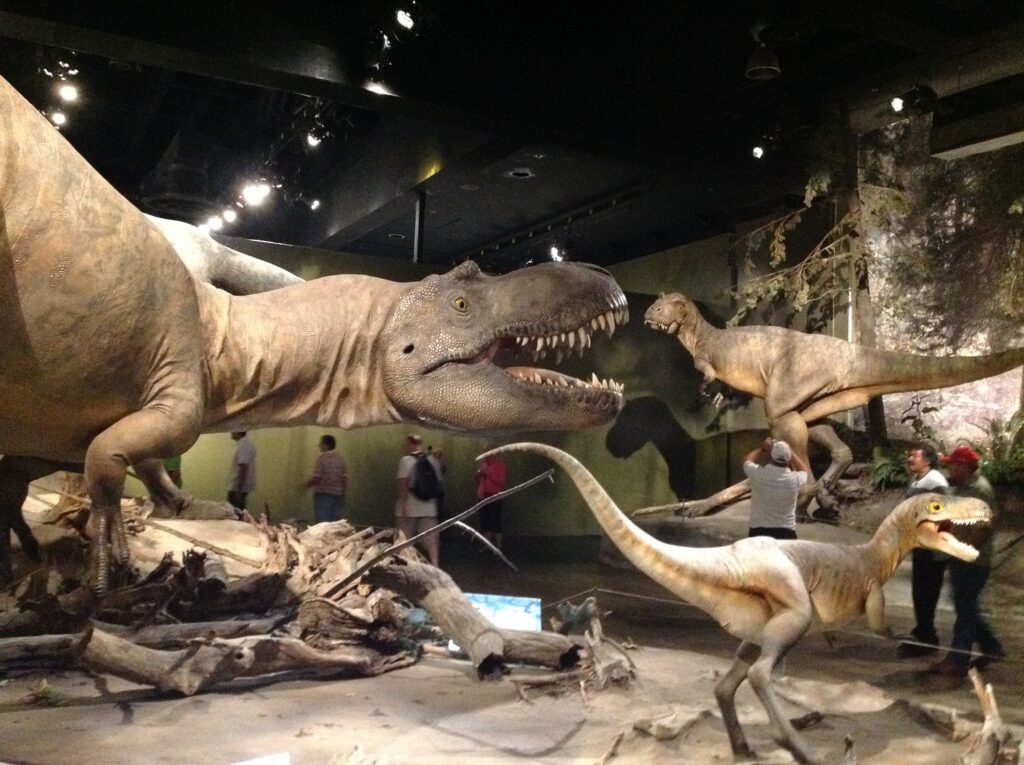
The Dinosaur Hall stands as the museum’s signature exhibition and most photographed attraction, spanning an impressive 1,500 square meters dedicated to the diverse dinosaur species that once dominated Alberta’s prehistoric landscape. This chronologically arranged gallery features more than 40 mounted dinosaur skeletons, including crowd favorites like Tyrannosaurus rex, Triceratops, and Stegosaurus, all displayed in scientifically accurate poses based on the latest research. The centerpiece of this extraordinary collection is “Black Beauty,” a remarkably complete Tyrannosaurus rex specimen with distinctive dark-colored fossilized bones that give it its nickname. Visitors can observe subtle anatomical differences between closely related species and witness the evolutionary adaptations that occurred over millions of years. Interactive touchscreens positioned throughout the hall provide additional context about each specimen, including information about diet, habitat, and behavior. The dramatic lighting and spacious layout allow visitors to appreciate these magnificent creatures from multiple angles, creating an immersive experience that brings Alberta’s Mesozoic era vividly to life.
Fossil Preparation Laboratory: Science in Action

One of the most fascinating features of the Royal Tyrrell Museum is its publicly viewable fossil preparation laboratory, where visitors can witness the meticulous work involved in transforming raw fossil specimens into research-ready materials. Through large glass windows, guests observe skilled technicians delicately removing rock matrix from newly discovered fossils using specialized tools ranging from dental picks and pneumatic engravers to microscopes and chemical solutions. This labor-intensive process can take thousands of hours for a single large specimen, requiring extraordinary patience and expertise. The preparators occasionally interact with visitors through scheduled demonstrations and Q&A sessions, explaining their techniques and the significance of the specimens they’re working on. This transparent approach to scientific work not only educates the public about paleontological methods but also creates a deeper appreciation for the extensive behind-the-scenes efforts that precede any museum exhibition. For many visitors, particularly aspiring young scientists, witnessing this real-time laboratory work provides an inspiring glimpse into potential career paths in paleontology.
Beyond Dinosaurs: Ancient Oceans and Mammals
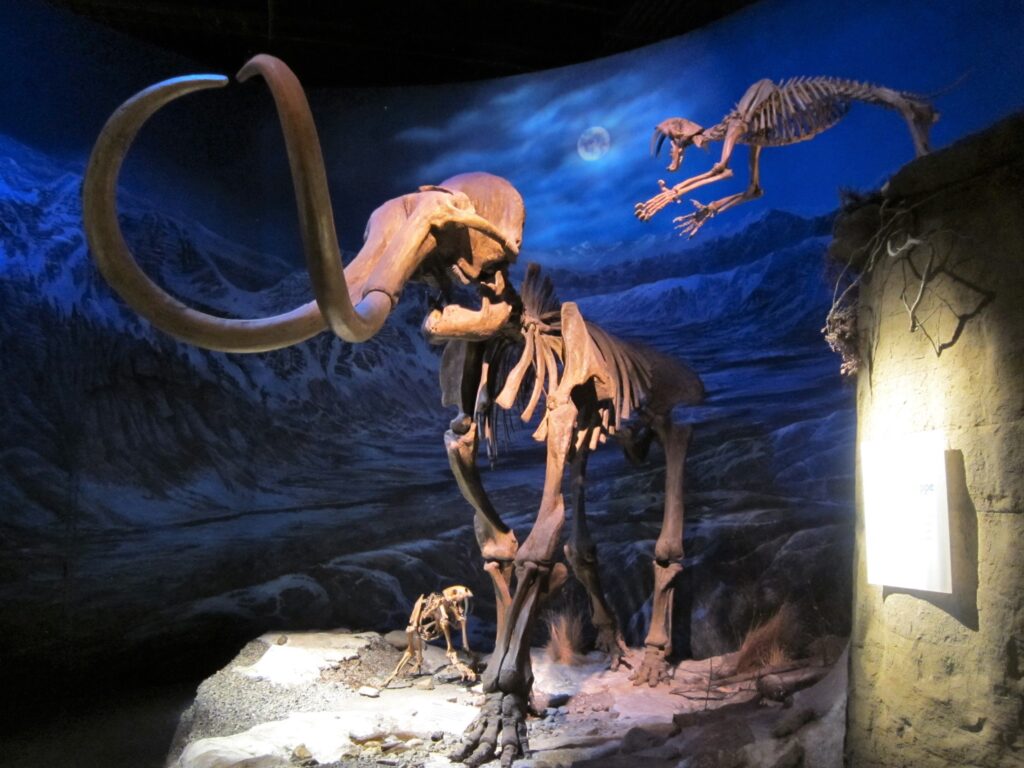
While dinosaurs may be the star attraction, the Royal Tyrrell Museum offers comprehensive exhibits that extend far beyond these Mesozoic giants to present a complete picture of Earth’s evolutionary history. The “Cretaceous Garden” recreates the lush, subtropical environment that existed in Alberta 69 million years ago, featuring living plants related to prehistoric species that shared the landscape with dinosaurs. The “Burgess Shale” exhibit showcases exquisitely preserved soft-bodied marine creatures from the Middle Cambrian period, approximately 508 million years ago, offering insights into the explosive diversification of animal life. The “Age of Mammals” gallery traces the rise of mammalian species following the dinosaurs’ extinction, featuring impressive specimens including giant beavers, saber-toothed cats, and massive mammoths that once roamed North America. Particularly noteworthy is the exhibit dedicated to the province’s marine heritage, displaying mosasaurs, plesiosaurs, and other prehistoric sea creatures that inhabited the Western Interior Seaway that once covered much of Alberta. These diverse exhibits ensure visitors gain a comprehensive understanding of evolutionary history rather than focusing exclusively on dinosaurs.
World-Class Research Institution
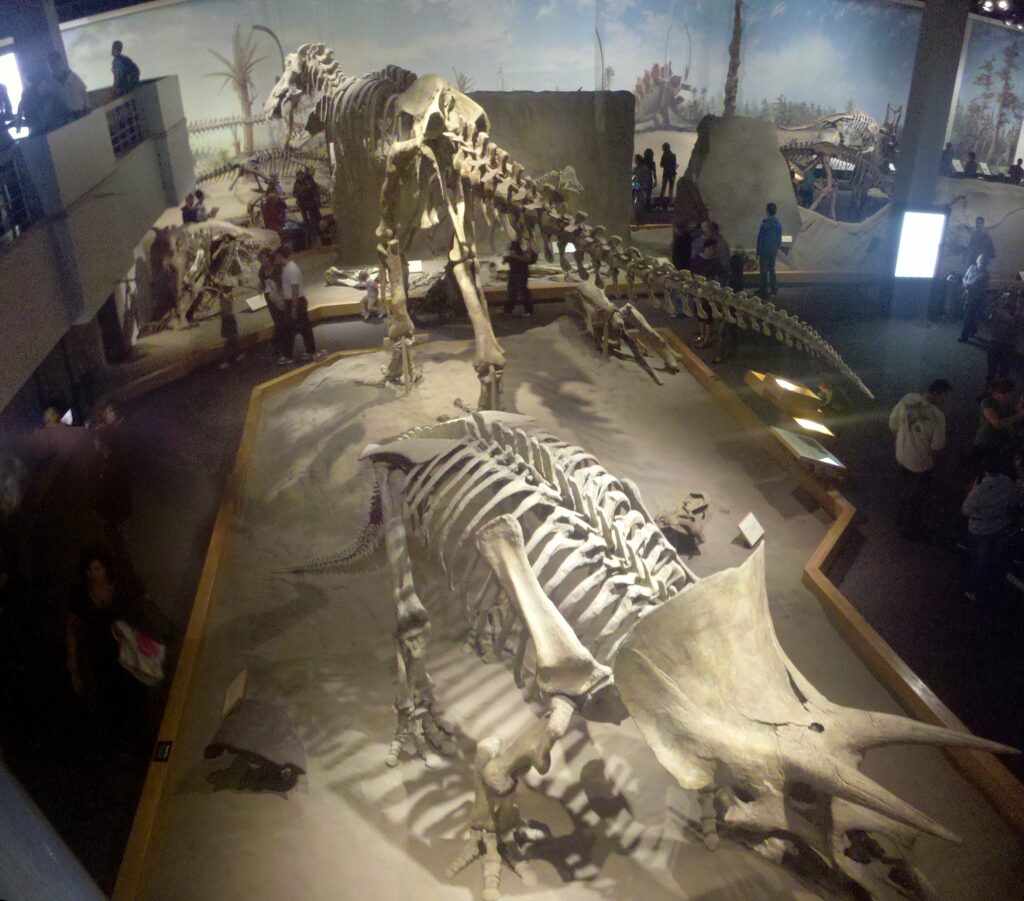
Beyond its public exhibitions, the Royal Tyrrell Museum functions as a globally significant research center where scientific discoveries continually reshape our understanding of prehistoric life. The institution employs over 25 scientists and technical staff who conduct original research across various paleontological disciplines, from taxonomy and biostratigraphy to paleoecology and taphonomy. Their state-of-the-art facilities include specialized laboratories for fossil preparation, conservation, molding, and casting, as well as advanced imaging technologies like CT scanners that allow non-destructive examination of specimens. The museum’s research collection houses over 160,000 catalogued specimens, most of which remain behind the scenes for scientific study rather than public display. This extensive collection serves as an invaluable resource for researchers from around the world who visit to study these materials. The museum’s scientific staff regularly publishes their findings in peer-reviewed journals, participates in international conferences, and collaborates with other institutions on major research initiatives, maintaining the Royal Tyrrell’s reputation as a leader in paleontological discovery and innovation.
Remarkable Fossil Discoveries

The Royal Tyrrell Museum has been associated with numerous groundbreaking fossil discoveries that have significantly advanced paleontological knowledge. Among these, the 2011 discovery of a nodosaur, subsequently named Borealopelta markmitchelli, stands as perhaps the most spectacular find in the museum’s history. This 110-million-year-old armored dinosaur, accidentally unearthed by an oil sands worker in northern Alberta, represents the best-preserved dinosaur of its kind ever found, with intact skin, scales, armor, and even stomach contents providing unprecedented insights into its appearance and diet. Another remarkable discovery includes a new tyrannosaur species, Thanatotheristes degrootorum, announced in 2020, which filled an important 12-million-year gap in the fossil record of tyrannosaur evolution in North America. In 2017, museum researchers described an exceptionally well-preserved ornithomimid (ostrich-like dinosaur) with evidence of preserved tail feathers, adding to growing evidence about feathered dinosaurs. These discoveries, along with countless others, demonstrate how the museum continues to contribute vital new information to our understanding of prehistoric life through both field expeditions and careful analysis of existing collections.
Educational Programs and Public Engagement

The Royal Tyrrell Museum excels in translating complex paleontological concepts into accessible educational experiences for visitors of all ages. Their comprehensive programming includes guided tours, interactive demonstrations, and hands-on activities designed to engage diverse learning styles and knowledge levels. School programs align with Alberta’s curriculum standards, offering students structured learning experiences from grade-specific gallery explorations to simulated fossil digs. The popular “Dinosite” program takes participants directly into the badlands to search for real fossils under expert guidance, providing an authentic field experience. For those seeking more intensive involvement, the museum offers multi-day camps where participants learn excavation techniques, fossil preparation, and the principles of paleontological research. Distance learning programs extend the museum’s reach globally through virtual classroom visits and online resources. The museum also maintains an active presence on social media platforms, sharing behind-the-scenes content and research updates that connect with dinosaur enthusiasts worldwide. These diverse educational initiatives reflect the institution’s commitment to public science communication and cultivating the next generation of paleontologists.
Special Exhibitions and Seasonal Attractions
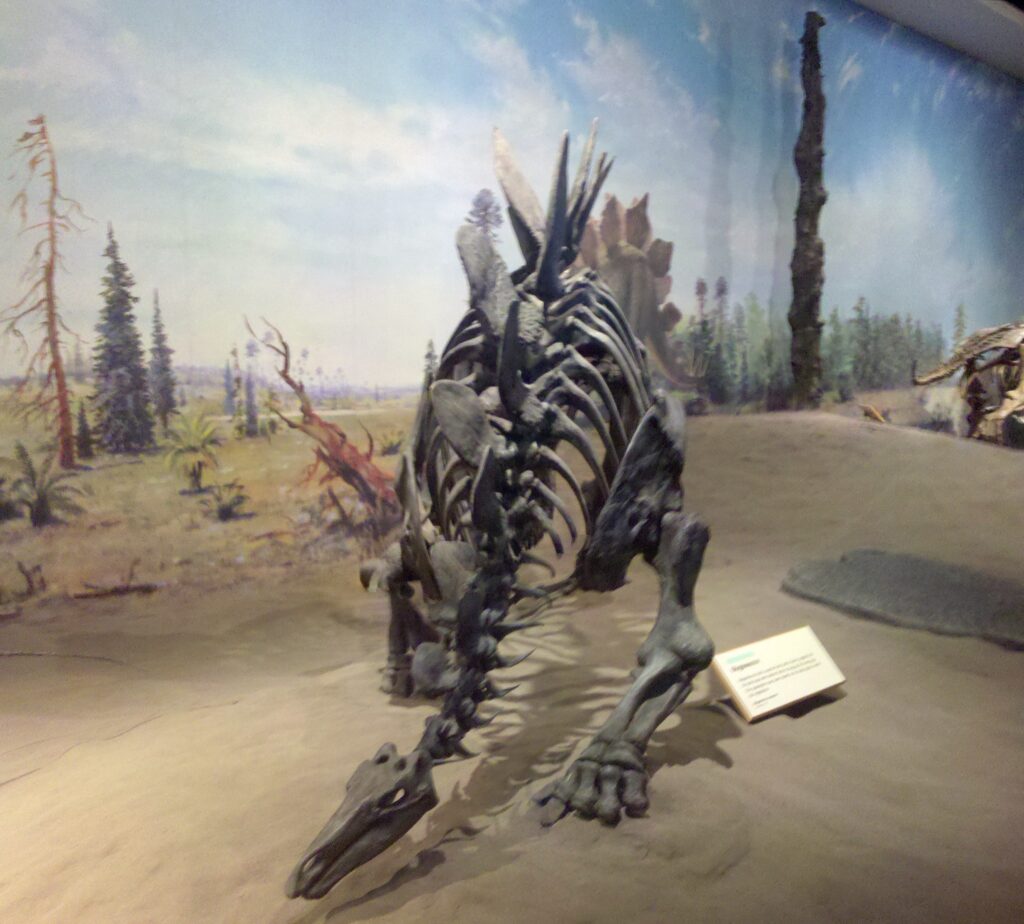
Beyond its permanent galleries, the Royal Tyrrell Museum maintains a vibrant program of rotating special exhibitions that keep the visitor experience fresh and highlight different aspects of paleontological science. These temporary exhibits, typically changing annually, often showcase newly discovered specimens, explore specialized scientific themes, or present traveling exhibitions from partner institutions around the world. The museum also adapts its programming seasonally, with summer offerings including extended hours, outdoor guided hikes through the badlands, and additional public programs to accommodate peak tourist season. The winter months feature different attractions, such as the popular “Speaker Series,” where researchers present their latest findings to the public in accessible evening lectures. During Alberta’s spring “shoulder season,” the museum offers unique behind-the-scenes tours that grant visitors access to research areas and collections storage facilities normally closed to the public. Special evening events, including the atmospheric “Dinosaurs at Dusk” program, allow visitors to experience the galleries in a different light with smaller crowds and specialized interpretation. This dynamic approach ensures that repeat visitors always discover something new, regardless of when they visit.
Economic Impact on Drumheller
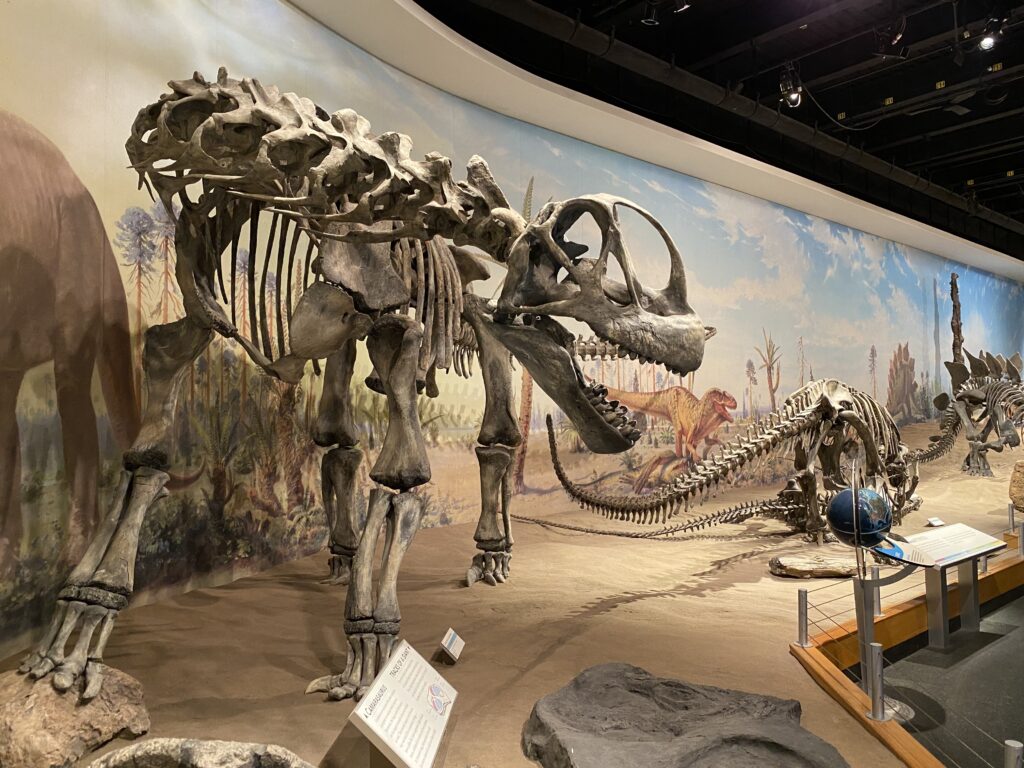
The Royal Tyrrell Museum serves as the economic lifeblood of Drumheller, transforming this small prairie town into a significant tourism destination that welcomes visitors from across Canada and around the world. With over 400,000 annual visitors, the museum generates substantial direct revenue through admission fees, gift shop purchases, and program participation. More significantly, its presence has spawned an entire tourism ecosystem in the region, with dozens of dinosaur-themed businesses including hotels, restaurants, and attractions that collectively employ hundreds of residents. Economic impact studies suggest the museum contributes well over $50 million annually to the regional economy through direct and indirect spending. The institution’s international reputation has effectively positioned Drumheller as “The Dinosaur Capital of the World,” a brand identity that drives year-round tourism marketing efforts. Local business owners frequently cite the museum as the primary reason for Drumheller’s economic viability, particularly as traditional industries like coal mining have declined. This economic impact extends beyond Drumheller proper to benefit surrounding communities throughout the Alberta badlands region, demonstrating how cultural institutions can serve as powerful engines for rural economic development.
Conservation Challenges and Future Vision

As the Royal Tyrrell Museum approaches its fourth decade of operation, it faces several significant challenges that will shape its future trajectory. Climate change presents perhaps the most pressing concern, as the badlands environment experiences increasingly extreme weather patterns that accelerate erosion, potentially damaging fossil sites while simultaneously exposing new specimens at an unpredictable rate. Conservation of the existing collection represents another ongoing challenge, as many specimens require specialized preservation techniques and climate-controlled storage to prevent deterioration. Looking forward, the museum’s strategic plan emphasizes digital innovation, including expanded 3D scanning of specimens for both research accessibility and virtual exhibitions that can reach global audiences unable to visit in person. Funding remains an evergreen concern, with the institution balancing its provincial government support with increasing emphasis on private donations, corporate partnerships, and revenue-generating activities. Despite these challenges, the museum’s vision remains firmly focused on expanding its research capacity, enhancing visitor experiences through technological integration, and strengthening its role as a world leader in paleontological discovery and education. Plans for future expansion include additional laboratory space and specialized storage facilities to accommodate the growing collection of scientifically significant specimens.
Visitor Experience and Practical Information
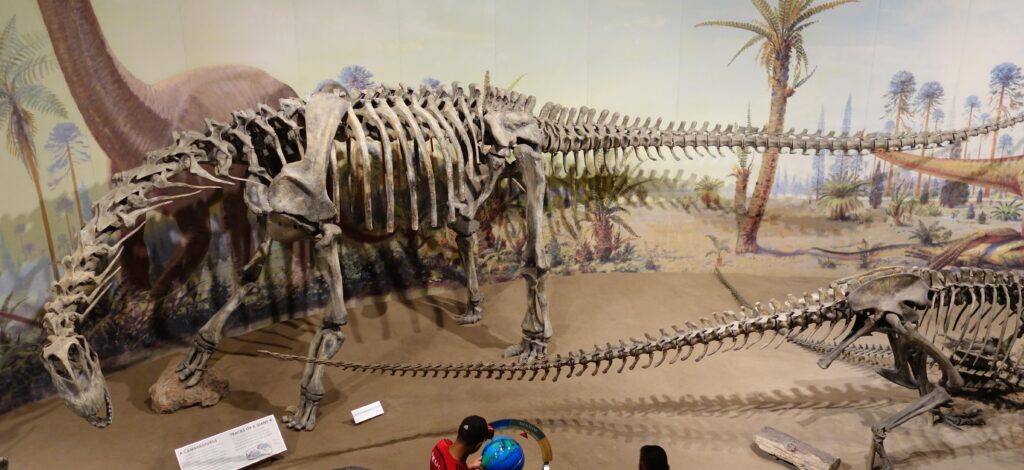
Visitors to the Royal Tyrrell Museum typically spend between three to five hours exploring the extensive exhibitions, though many enthusiasts dedicate an entire day to fully appreciate the collections and the surrounding landscape. The museum operates year-round with seasonal hours, generally opening from 10 AM to 5 PM during winter months and extending to 9 PM during peak summer season. Admission prices are reasonably structured with discounts available for seniors, students, children, and families, while annual passes offer excellent value for repeat visitors. The on-site amenities include a well-stocked gift shop featuring unique paleontological merchandise, a cafeteria offering light meals and refreshments, and comfortable rest areas throughout the galleries. Accessibility has been thoughtfully addressed with wheelchair-accessible pathways, elevators, and interpretive elements positioned at appropriate heights. For international visitors, audio guides are available in multiple languages, including French, German, Japanese, and Mandarin. Photography is permitted throughout most areas of the museum without flash, allowing visitors to document their experience. The institution’s proximity to other attractions in the Canadian Badlands region makes it an ideal centerpiece for multi-day exploration of this distinctive landscape, with staff readily providing recommendations for complementary sites to visit.
A Living Monument to Prehistoric Life
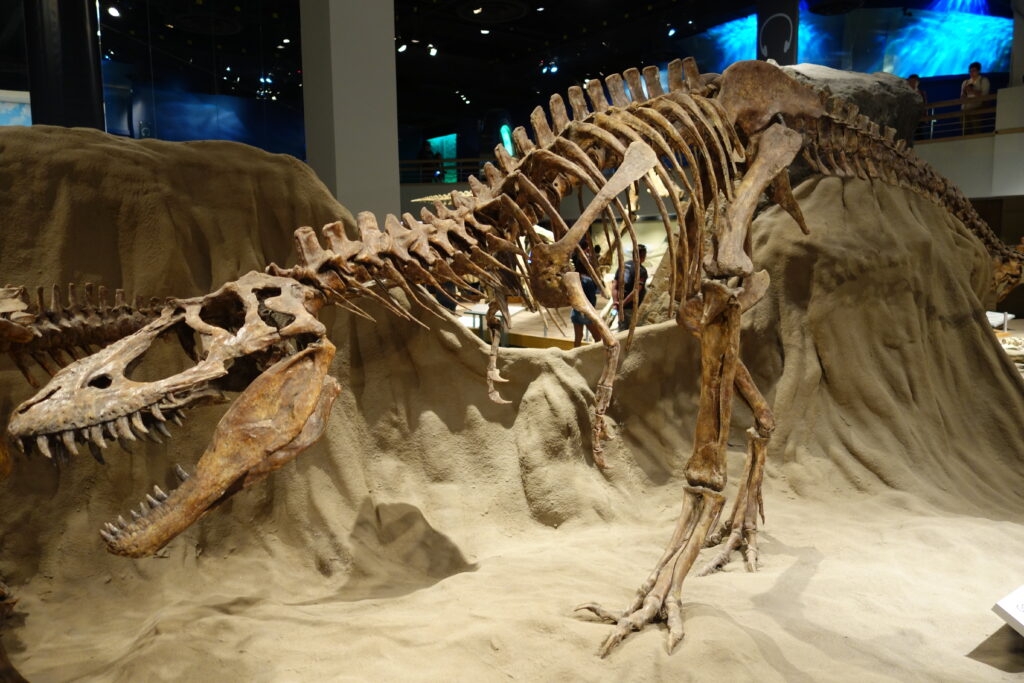
The Royal Tyrrell Museum represents far more than a collection of ancient bones and fossils—it embodies humanity’s enduring fascination with our planet’s mysterious past. Through its unique combination of world-class scientific research, innovative educational programming, and immersive exhibits, this institution has established itself as Canada’s preeminent paleontological treasure. Visitors who make the journey to Drumheller find themselves rewarded with an experience that transcends typical museum visits, offering instead a profound connection to Earth’s deep history. As discoveries continue to emerge from Alberta’s fossil-rich landscape, the Royal Tyrrell Museum stands ready to interpret these findings and share them with the world, ensuring that our understanding of prehistoric life continues to evolve. For anyone fascinated by dinosaurs, natural history, or the scientific process itself, this remarkable institution in the heart of the Canadian badlands delivers an unforgettable encounter with the awesome complexity of life’s evolutionary journey.



